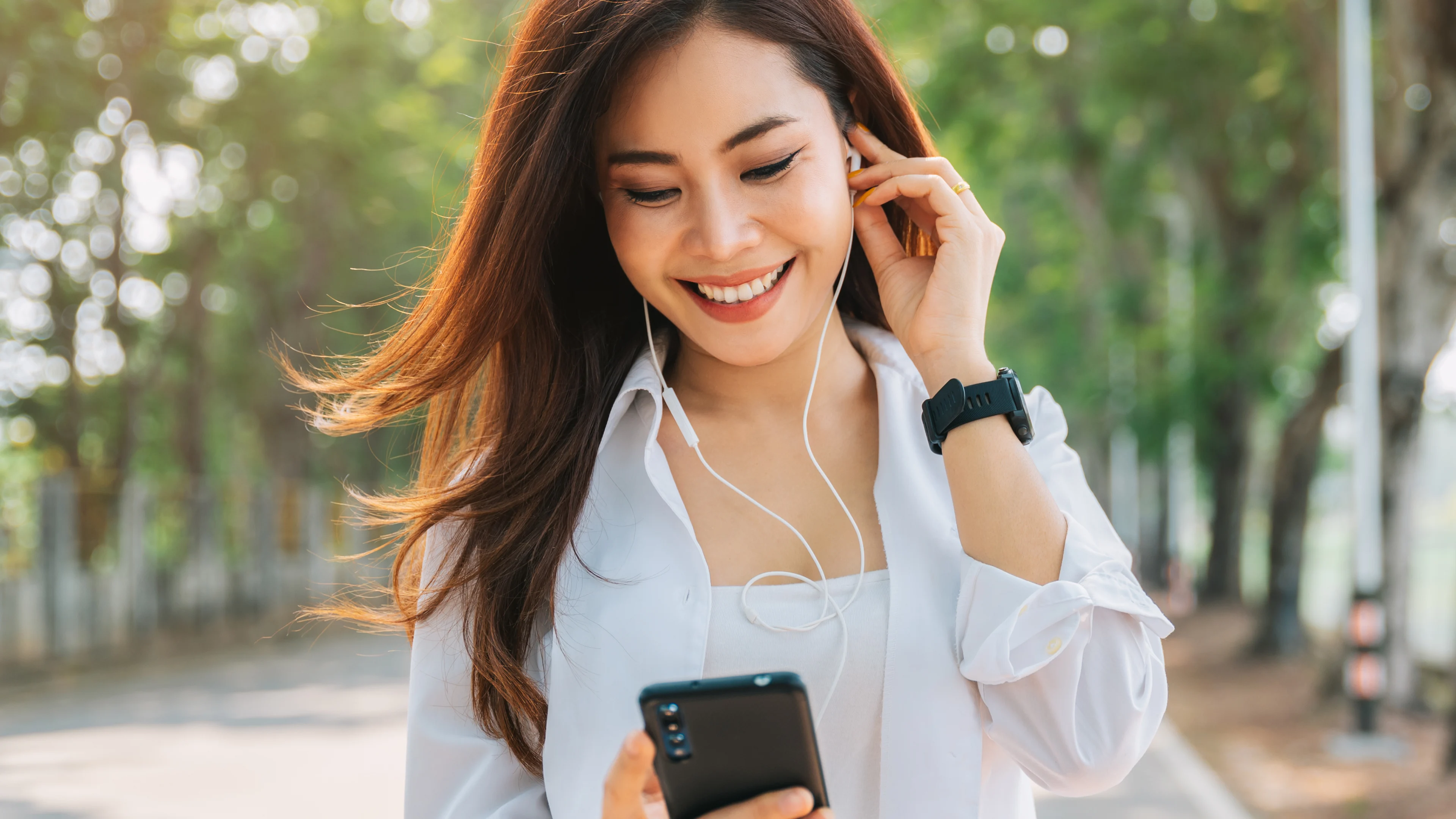
The Science Behind Sonic Branding, and Why Your Brand Needs it
Have you ever heard a sound that takes you back to a time and place? Our brains are wired for sound in ways we never really stop to consider. Melodies and sound effects provoke colorful images and crisp memories. They can make us feel relaxed, excited, and even stressed. Sounds is our brain’s native language, and it’s processed faster than any of our other senses. It almost feels as if sound is an amazing magic trick.
“We know the power of a piece of music or the use of a particular voice to arouse us and to make us feel connected to a product, person, or message,” said Roger Gehrmann, Executive Creative Director of SXM Media’s in-house creative agency, Studio Resonate.
As an audio enthusiast himself, Gehrmann studies the connections between neuroscience and how Americans consume and react to audio. At Advertising Week 2021, live in New York, he shared insights on the relationship between the brain and sound, and how advertisers can maximize the power of sound (more on that in a minute).
Audio is engaging, emotional, and motivational—all things brands need in order to cut through the clutter of ads and make real connections. You don’t have to be a neuroscientist to get it.
“We all know sound moves us,” Gehrmann said. “A sonic strategy is the difference between success and failure.”
Today’s sonic winners and underperformers
Having a signature sound is a key way to make your brand or product stay relevant and memorable. Solid branding should be consistent across all platforms and reflect the brand’s personality and values. When done well, it naturally works its way into a consumer’s brain, making a lasting impression.
You probably don’t even realize it, but there are plenty of brands you’d recognize just from their sounds, like HBO’s static white noise and Netflix’s iconic “ta-dum” sound.
Gehrmann keeps a finger on the pulse of audio creative, so he’s tuned in to what brands are using audio to their potential—and who’s fallin’ short. Let’s look at his top picks, first:
One leader is PepsiCo., which he said is “all-in on audio” and committed to sonic identities for many of its brands, including FritoLay, which uses audio effectively for its chips and snacks.
McDonald’s is a star in sonic branding, and even has different sounds for different markets and campaigns.
Intel is the granddaddy of sonic branding, with a signature five-note chime that’s all over audio, digital video, and TV. It’s so recognizable to consumers, even if they have no idea what the company produces or sells. “Can you think of a sonic identity for any other computer chip manufacturer?” Gehrmann asked. “Probably not. So, they’re doing really well.”
As for brands that could be doing it better? Gehrmann said Nike could be a huge success on audio, but has yet to commit to the medium. Nike mostly relies on licensed music in its ads, which Gehrmann said is limiting—too often, consumers remember the artist in an ad’s music, rather than the brand.
Consider a sonic strategy from the start
Currently, 219 million Americans are listening to digital audio on smartphones, smart speakers, and in the car. They’re tuning in for an average of 4 hours per day.
Despite the potential, Gehrmann said audio is still undervalued and that many advertisers don’t think about audio until the very end of a campaign. He wants brands to re-think this.
“For a successful 360 marketing campaign, audio should be at the forefront of your strategy and planning,” he said. “Brands that tack on audio as an afterthought to a TV or online video campaign are completely missing out on the best of what audio can do.”
Find your signature sound, and let it be heard
So, how do you get started building a sonic brand? Gehrmann says advertisers need to create an “audio toolkit,” a guide for audio strategy and creative assets.
Get your signature sound going. It could be a jingle, a person’s voice, or a wordless sound or tone. It might even be a real-world sound, like a potato chip crunching, a soda bottle fizzing, or a sausage sizzling in a hot pan. These sounds are so powerful that they build a brand association without a single spoken word. Some of the most memorable audio doesn’t even have words or a music bed. They’re just a few notes, like Netflix and NBC’s signature tones.
Once a brand has its sound, Gehrmann said they need to blast it everywhere a consumer might hear audio. Beyond audio ads, think retail locations, experiential activations, navigation sounds, e-commerce, and live events. Consistency builds recognition, and influences recall and purchase intent. The best sounds will stick in a listener’s brain, keeping your brand top of mind.
Take a good look at your marketing strategy, and give it a listen while you’re at it. If you don’t hear a signature sound backed by a solid audio strategy, it’s time to think creatively—and act.
“Sonic strategy doesn’t start with your ears; it starts with what’s between them,” said Gehrmann. It is about sound science, sound art, and sound decisions.”
Get started creating your signature sound, and let Studio Resonate amplify your brand.
Related Insights
 Streaming
StreamingStreaming Audio Boosts Brand Awareness: Here's How
Dec 12, 2025 Podcasts
PodcastsBeyond Downloads: Where Podcast Measurement is Headed Next
Dec 11, 2025 Podcasts
Podcasts6 Black-Hosted Podcasts That Are Influencing Culture Today
Dec 10, 2025 Digital Audio
Digital AudioHow Digital Audio Complements Video, Social, & Display Campaigns
Dec 9, 2025



